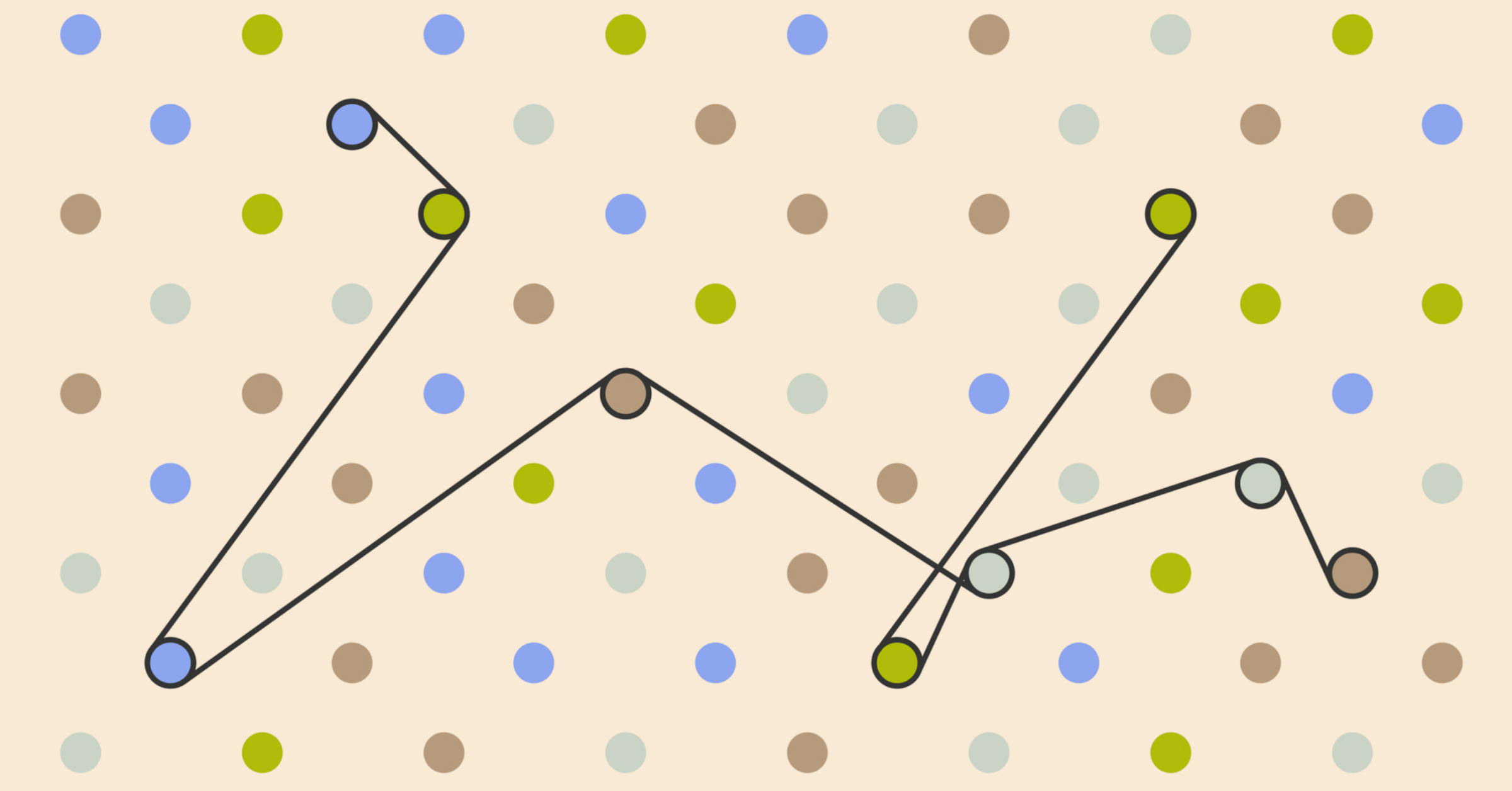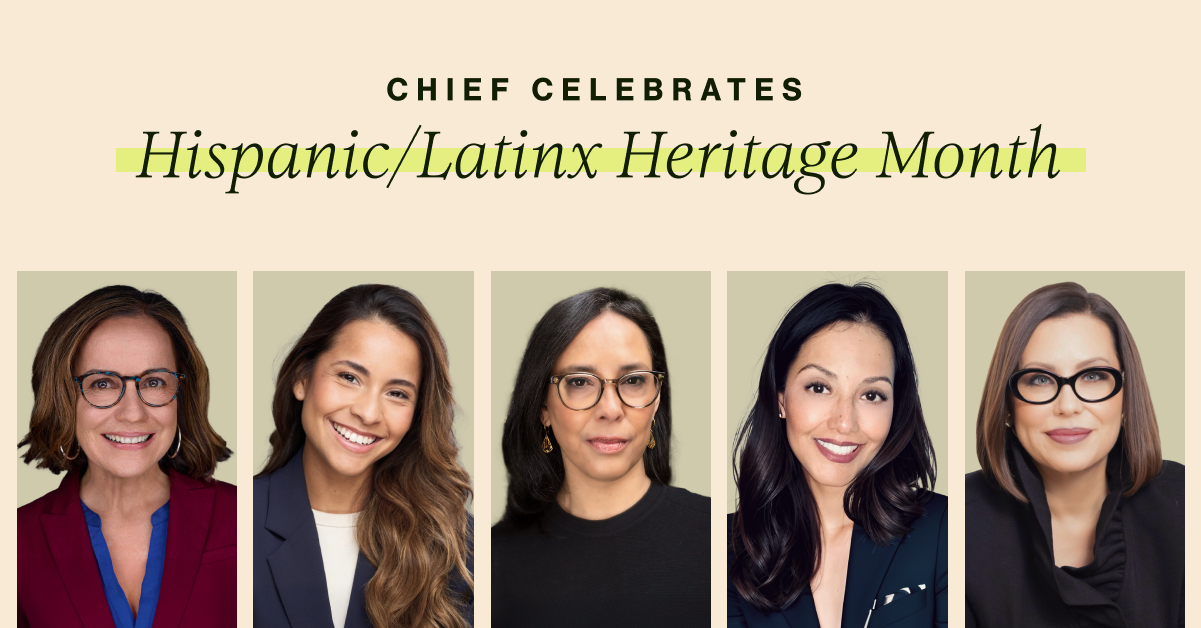Early in her career as a communications professional, Dr. Candace Steele Flippin noticed a disturbing pattern. "Almost every quarter women were being let go," she recalls. "Always a new word for it, but they were being offered packages to separate from the company. Always women over 50."
Flippin didn’t want to risk the same fate. So she made a strategic decision: she wanted multiple streams of income and professional fulfillment by age 50. "It was a pragmatic attempt to control my own destiny," she explains.
More and more, women leaders like Flippin are adopting this type of intentional approach to career building.
The traditional playbook — climb the ladder, then retire — is becoming obsolete. Instead, a growing number of women are crafting "portfolio lives:" intentionally diversified careers that blend traditional employment with consulting, coaching, board service, and passion projects.
This isn't about abandoning ambitious careers. It's about expanding what ambition looks like.
Christina Wallace, author of The Portfolio Life, has observed women increasingly embracing what she calls an "I have enough" mentality. "People are realizing that nothing is promised," she explains. "They would rather be ambitious in other parts of their life than only give ambition to their career."
This shift represents a fundamental redefinition of professional success. While previous generations focused on upward advancement, today's women leaders are designing lives that serve their whole selves. They’re pursuing purpose alongside position, legacy alongside income, and personal fulfillment alongside professional achievement.
Flippin, a Chief Member, earned her doctorate in management in her 40s while working full-time. After graduating, she began researching and writing about generational values. This work led to several books and a TED talk, as well as the development of bespoke assessment tools. Flippin has since become a sought-after consultant and speaker.
"It was a decades-long journey to get there," Flippin reflects. "As I got closer to my milestone, it crystallized. It was a plan I put into practice." Today, her portfolio combines investment work (including funding women-led businesses), consulting, coaching certification programs, and ongoing research — all focused on "helping younger generations get the careers they need, want, and deserve."
Similarly, Chief Member Nicole Balkenbusch has designed her professional life around both security and freedom. While excelling in a finance leadership role, she has simultaneously built her own consulting and executive coaching business. After her employer funded her coaching certification, she discovered a passion for this work and chose to pursue both paths.
"I get the stability, income, and intellectual challenge of my traditional career, while also having the opportunity to be my own boss and experience freedom and autonomy in my consulting work," Balkenbusch explains. This dual approach isn't about hedging bets — it's about maximizing impact and personal satisfaction.
Both women embody Wallace's core insight: Diversification makes us more agile and creates opportunities for fuller professional expression.
Strategic Expansion: Thinking Orthogonally
Building a portfolio life requires looking beyond your current industry and contacts. Wallace emphasizes "orthogonal thinking," considering how your skills and perspective might be valuable in unexpected places. "Think about how you monetize your time," she advises, "whether that's freelance work, philanthropy, or helping a friend. Where are there opportunities for growth? How might your experience be relevant elsewhere?"
Women may have advantages here. "While emotional labor has traditionally been shouldered by women, the upside is relationships from your network, the PTA, kids' activities," Wallace notes. "What feels unrelated to your professional world can become interesting and useful."
Flippin discovered this when her doctorate research into generational values aligned perfectly with organizational needs. Balkenbusch's leadership development training, initially for internal use, became the foundation for her coaching practice.
The key is thinking of yourself as what Wallace calls a "human Venn diagram,” mapping the unique combination of skills, interests, and experiences that make up who you are. "Just because you haven't been paid to do it doesn't mean it's not a competency you can leverage," she says.
Operational Excellence: Managing Your Personal Enterprise
Once you’ve identified the components of your portfolio, success requires operational discipline. "The biggest thing for managing any complex system is having an operating model," Wallace emphasizes. "Any woman in the C-Suite knows this. Managing a portfolio life is no different."
Balkenbusch embodies this disciplined approach. She's intentional about time management and unapologetic about working hard, but she also knows her limits. "I used to think I could do it all myself, but now I say yes to support," she explains.
Her motivation (and success) come from clarity of purpose. "Why do you want a side hustle? If you know why you're doing something, it makes it easier. For me, it's the 3–5 year outlook — strategic investment for long-term freedom." When challenges arise, she relies on her "board of directors:" friends who serve as sounding boards and cheerleaders.
Flippin's research reinforces the psychological foundation: "Self-efficacy is essential. It’s the belief that when you attempt something, it will succeed. Confidence opens doors, but self-efficacy helps you walk through them."
A Blueprint for Getting Started
For women ready to design their own portfolio approach, Flippin recommends three foundational questions:
What kind of career will I need? Consider your financial goals and desired lifestyle. What combination of stability and flexibility serves your long-term vision?
What do I want? Think about passion, purpose, and interests. What work energizes you and aligns with your values?
What do I deserve? Honestly assess your talents, training, and expertise. What value do you bring that deserves appropriate recognition and compensation?
"Most people will have a portfolio life in the coming decades because of need, passion, or wanting more freedom," Flippin predicts. "The downside of preparing is you don't need it. The upside is you walk into an opportunity you created for yourself."
Wallace adds tactical guidance: start experimenting within your current framework. "Is there a way you can develop networks in growing sectors through volunteer work or nonprofit board service? Can you test how your skills might be valued elsewhere through small projects or advisory roles?"
The goal isn't to escape your current role but to expand your professional identity and create multiple pathways for impact and fulfillment.
The Power of Intentional Design
What emerges from these stories is a new model of professional power, one built on intention rather than reaction, design rather than default. This represents more than career strategy. It's a declaration of agency in a rapidly changing world.
Instead of waiting for change to happen to them, these women leaders are taking control, proactively designing lives that serve their whole selves, not just their professional identities. These women aren't fleeing traditional careers; they're rewriting the rules of what a successful career can look like.

